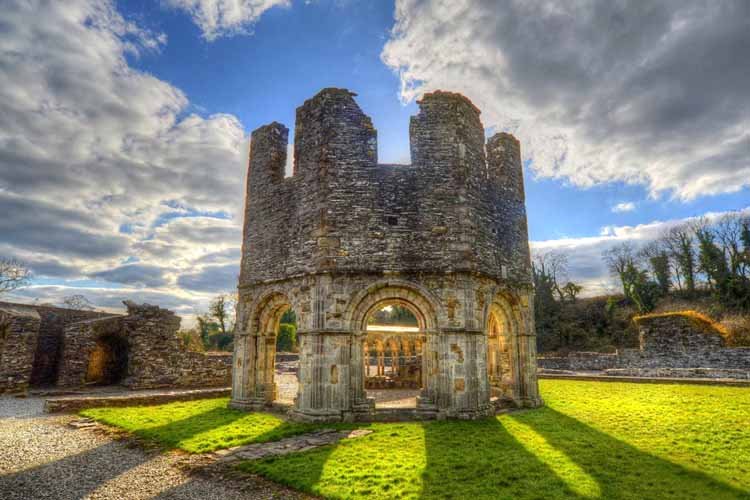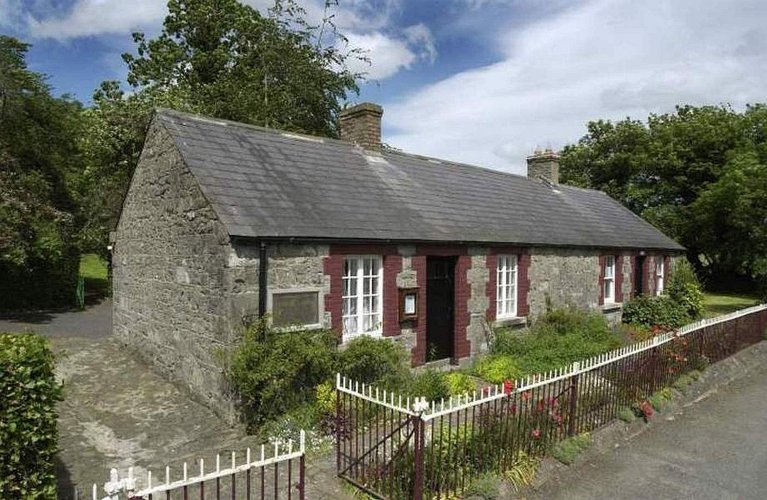Mellifont Abbey, steeped in history, was the first Cistercian monastery in Ireland. Founded in 1142 by Saint Malachy, Archbishop of Armagh, it was built on the banks of the River Mattock, about 10km north of Drogheda and two miles from Monasterboice.
The abbey flourished, and by 1170 it was home to one hundred monks and three hundred lay brothers. Mellifont became the model for many other Cistercian abbeys in Ireland, built in the formal French style, including Bective Abbey, founded in 1147.
Several Celtic kings contributed to its foundation: Donnachadh Ua Cearbhaill (O’Carroll), King of Airghialla, provided the land and building materials; Muirchertach Ua Lochlainn, King of Ulster, gave cattle and gold; and Derbforgaill, wife of Tigernan Ua Ruairc, donated gold, a chalice, and altar cloths.
In 1539, Mellifont Abbey was dissolved by King Henry VIII during the suppression of monasteries, and its lands were divided among his supporters. Later, in 1603, the Treaty of Mellifont was signed there between the English Crown and Hugh O’Neill, Earl of Tyrone. By then, the abbey had become a fortified house owned by Garret Moore, a close friend of O’Neill.
In 1690, William of Orange used Mellifont Abbey House as his headquarters during the Battle of the Boyne. Although little of the original structure remains today, the 13th-century lavabo, where monks washed their hands before meals, still stands as a striking reminder of Mellifont’s rich and storied past.
Today, approaching Mellifont Abbey, visitors first encounter the remains of a massive, castle-like gatehouse, once a three-storey defensive tower guarding the border between the Pale and native Irish lands. Built on a rocky outcrop near the river, it marked the entrance to the abbey complex, which also included the abbot’s residence, guesthouse, and hospice. From the main gate, the layout of the former abbey is visible below, following the plan of Clairvaux, its mother house. The 190-foot church stood on the north side, with cloisters, chapter house, dormitories, refectory, and kitchen surrounding a central courtyard that once formed the heart of monastic life.




